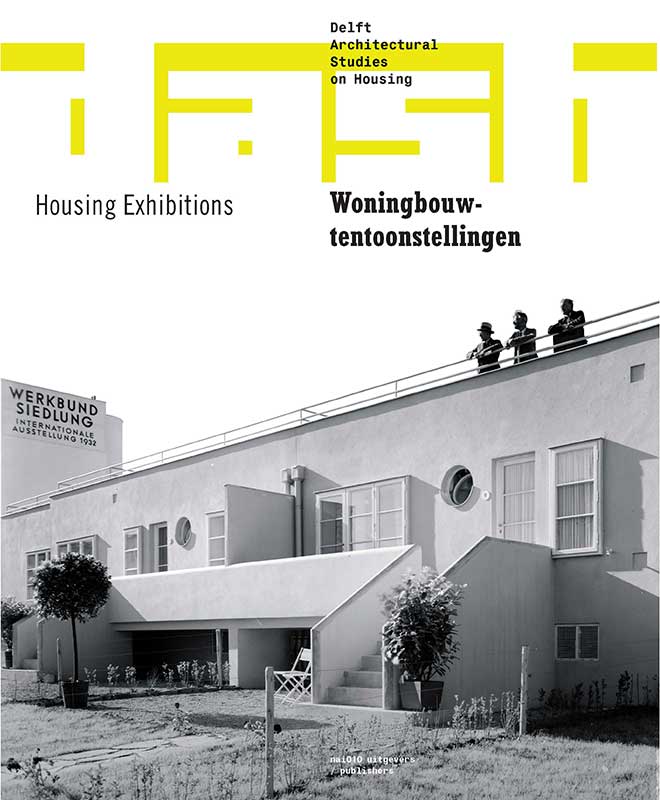Woningbouwtentoonstellingen
Samenvatting
A number of essays examine the motivations and positions of some of the most influential housing exhibitions. Two exhibitions from the early 1930s, the time of the Great Depression, provided a platform for architects to show solutions for homes that could later ‘grow’, after having initially been built using minimal resources. This is an idea that remains remarkably current, considering the ongoing financial crisis. And in 1930, the Stockholm exhibition introduced a new approach to housing that has exerted a great influence for decades, both in Sweden and far beyond. The famous Hansaviertel in Berlin (Interbau, 1957) is still known as an exemplary showcase of various housing types, but it also turns out to have propagated an explicitly political programme. In the early 1990s, the BouwRAI neighbourhoods in Almere tried once again to turn residential building into an architectural statement.
In the two interviews, this thread is extended to the present, and into the future. MoMA’s continuing tradition in New York of exhibiting full-size homes is investigated, and the plans for the (now cancelled) IBA 2020 in Berlin give insight into the housing issues that are relevant today.
The housing exhibition seems to be a phenomenon that has not lost anything in terms of topicality. There is no other physical or virtual alternative that truly allows visitors and residents to experience a sense of spaciousness and functionality. The exhibitions that were researched and documented in this issue of DASH together form a testament to the ongoing importance of this type of research, especially at a time when new forms of development, construction and housing are once again receiving a great deal of attention.
With this current issue, DASH is making an appeal for new exhibitions that will give this quest both direction and form.

